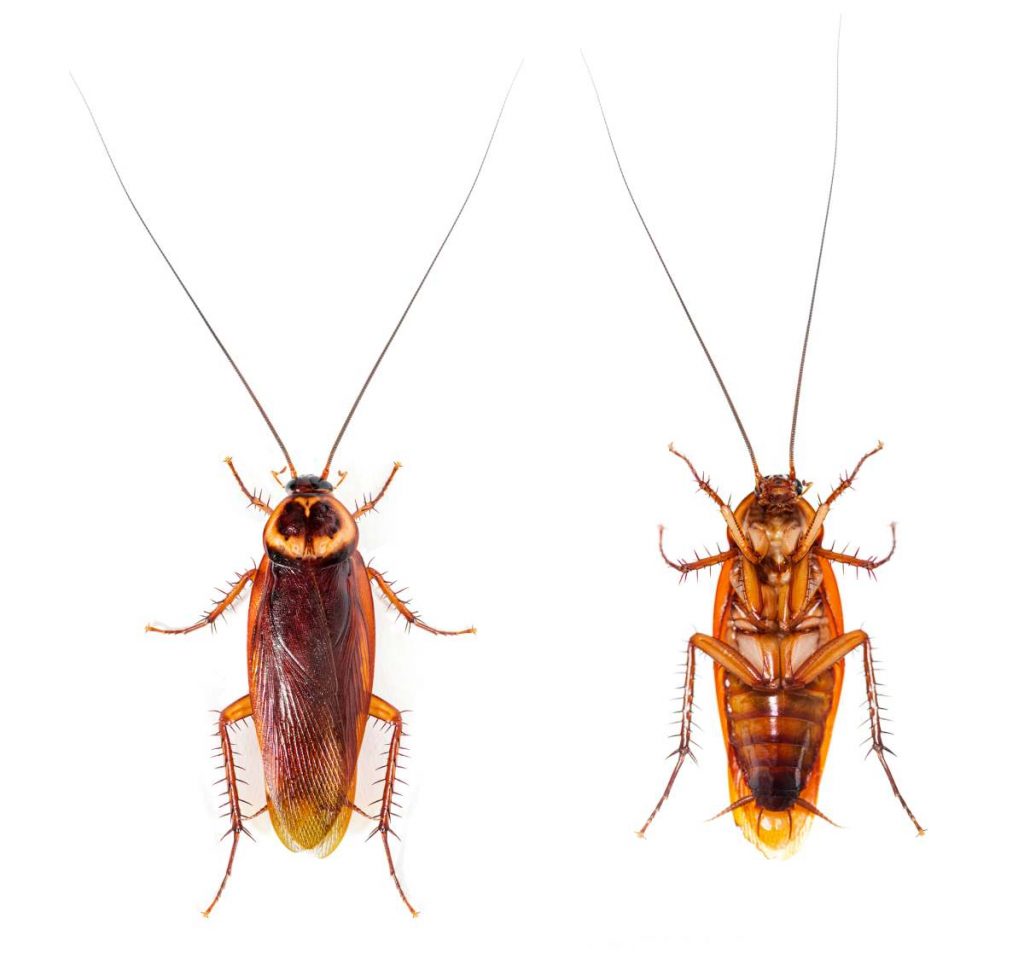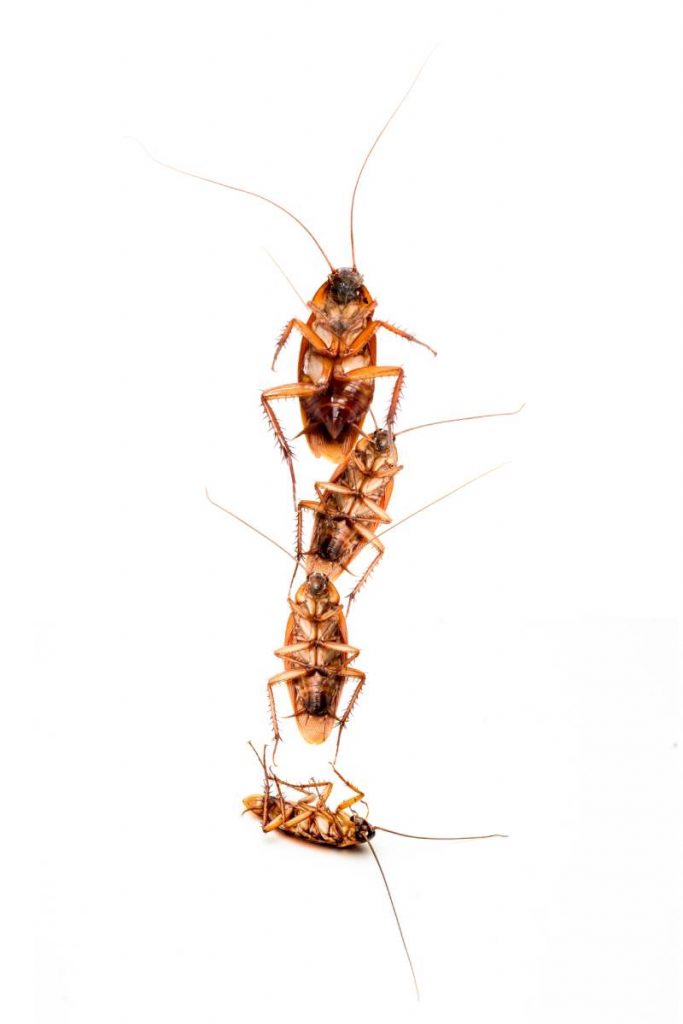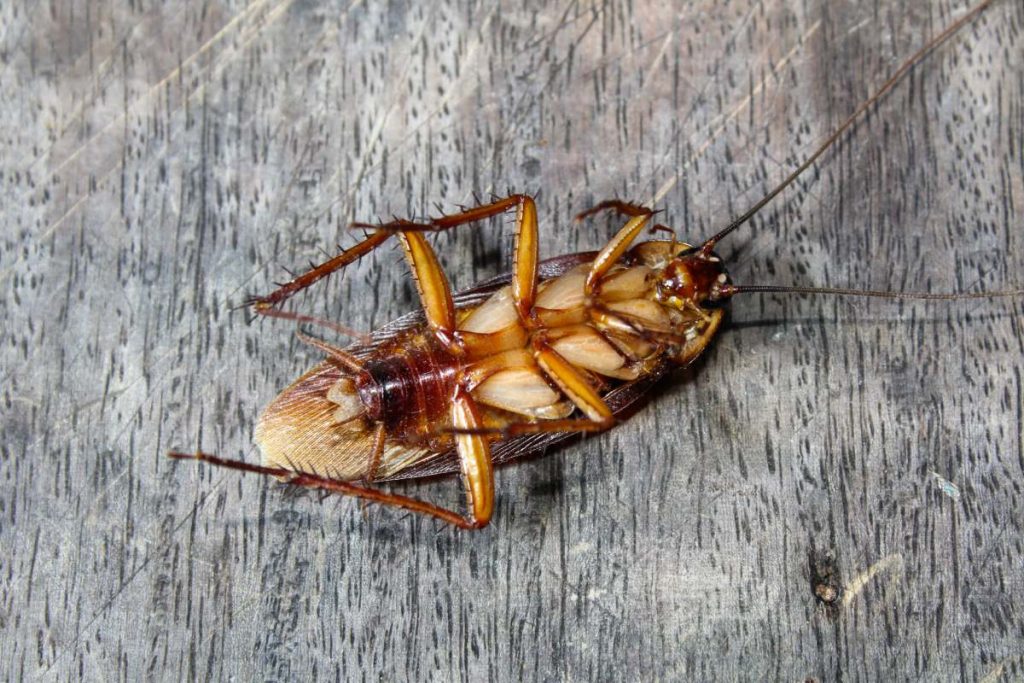If you grew up watching nature documentaries about Australian wildlife, you probably know that Australia is known for extremes. Given this reputation, it’s reasonable to expect that the Australian cockroach would be larger and more intimidating compared to its counterparts worldwide.
In reality, the Australian cockroach is similar in size to the American cockroach and shares a cautious nature around humans. Despite its more colourful appearance compared to other cockroach species, it tends to prefer outdoor habitats. However, if you’ve noticed them nearby, it won’t take long for these cockroaches to potentially invade your home or business.
In this article, you’ll discover how to identify the Australian cockroach, learn about its diet, habitats, and effective methods to prevent it from entering your living or working space. Understanding these aspects can help you effectively manage and mitigate the presence of this pest.
Get to know Australian Cockroach
Identifying Australian cockroaches is relatively straightforward once you know what to look for. These pests typically grow to be between 1 and 1 1/2 inches long, often leading them to be mistaken for American cockroaches due to their size and primarily brown colour. However, they have distinct yellow markings that differentiate them, particularly noticeable as pale golden bands along the front edges of their wings.
Both male and female Australian cockroaches have cerci appendages at their rear, but males also possess smaller styli appendages that they use during mating, aiding in distinguishing them from females.
Origin and Global Spread
Contrary to its name, the Australian cockroach, scientifically known as Periplaneta australasiae, likely originated in Africa. It spread globally through transportation routes, particularly aboard ships carrying goods to various destinations, including Australia and beyond. Today, it is a significant pest issue in regions with warm climates, notably the southern United States.

Life Cycle
Australian cockroaches undergo a development cycle lasting approximately a year from egg to adult. Adults typically live for 4 to 6 months on average. Females lay egg cases containing around 24 eggs each in protected locations, such as damp wood or other secluded spots. These egg cases are carefully concealed by the female until they hatch, making them difficult to detect.
Nymphs, or young cockroaches, moult several times as they mature. Initially, they lack wings but develop distinctive yellow patches on their backs before eventually gaining the ability to fly. Nymphs reach adulthood within 6 to 12 months, at which point they begin reproducing and perpetuating the cycle.
Habitat and Behavior
Australian cockroaches prefer to live outdoors in colonies but often seek refuge indoors during colder weather. They favour moist environments, such as under tree bark, in woodpiles, or amidst leaf litter. Indoors, they can be found in areas with high humidity and access to food and water sources, such as kitchens, bathrooms, and utility rooms.
These pests are particularly attracted to environments where food is abundant, making residential kitchens and commercial food establishments prime targets for infestation. Large buildings like shopping malls, apartment complexes, and retail stores are also susceptible to Australian cockroach infestations due to their warm interiors and diverse food sources.
Are they dangerous?
Australian cockroaches, despite their somewhat less intimidating appearance with golden markings, can still pose significant problems if they invade your home. While they may not be as immediately concerning as other indoor species, they are still pests that need to be managed.

These cockroaches have habits that make them unwelcome houseguests. They typically feed on garbage, faeces, and other unsanitary materials found outdoors. This means they can pick up bacteria and pathogens from these environments and carry them into your home. When they scuttle across your kitchen countertops or come into contact with food preparation surfaces, they can easily transfer these contaminants, potentially causing foodborne illnesses like salmonella.
The presence of Australian cockroaches can lead to contamination of food and cooking areas, making it crucial to thoroughly clean any surfaces they may have accessed. Their ability to carry diseases adds another layer of concern, especially if they establish a colony within your home where food sources are plentiful.
In addition to being vectors for bacteria, Australian cockroaches can also trigger allergies in some people. Their shed skins and droppings contain allergens that can cause reactions such as sneezing, skin irritation, and difficulty breathing, particularly for individuals with asthma or other respiratory conditions.
Beyond health risks, Australian cockroaches can also cause damage to plants if they seek shelter indoors during colder temperatures. For example, they may infest greenhouses where they can feed on and damage plants.
Managing Australian cockroach infestations involves both prevention and treatment. It’s important to seal off entry points into your home, keep food stored securely, and maintain cleanliness to reduce attractants for these pests. In cases where infestations occur, professional pest control may be necessary to effectively eliminate them.
How to prevent and get rid of Australian Cockroaches?
Preventing Australian cockroach infestations begins with understanding their habits and vulnerabilities, then implementing straightforward yet effective prevention strategies. These steps not only discourage cockroaches from entering your home but also minimize the conditions that attract and sustain them.
1. Regular Cleaning and Sanitation
A clean home is less appealing to Australian cockroaches, as it deprives them of food sources. Regularly sweep, mop, and vacuum floors to eliminate crumbs and spills that can attract these pests. Pay special attention to kitchen areas where food preparation occurs. Store food in tightly sealed containers made of glass or plastic to prevent easy access for roaches. This simple measure denies them a vital source of sustenance and reduces the likelihood of infestation.
2. Manage Moisture and Humidity
Australian cockroaches, like many pests, thrive in environments with ample moisture. Address any plumbing leaks promptly to prevent standing water that could serve as a water source and increase humidity levels in your home. Ensure bathrooms, kitchens, and other areas prone to moisture are well-ventilated. Proper ventilation not only helps to reduce humidity but also creates less favourable conditions for cockroaches to breed and thrive.
3. Seal Entry Points
Inspect your home regularly for gaps, cracks, and openings that could serve as entry points for Australian cockroaches. These pests can enter through surprisingly small openings, so seal any gaps around windows, doors, pipes, and utility lines with caulk or other suitable materials. Pay attention to areas such as the garage and sheds where cockroaches might hide in boxes or outdoor equipment and inadvertently find their way indoors.

4. Outdoor Maintenance
Cockroaches often enter homes from outdoor environments, so it’s important to manage your outdoor spaces as well. Keep outdoor garbage cans tightly sealed and away from the house. Trim back vegetation and foliage that could provide hiding spots or direct access points for cockroaches. Regularly clean up leaf litter and debris around your property, as these can serve as harborage areas for pests.
5. Monitoring and Early Detection
Regularly monitor for signs of cockroach activity, such as droppings, shed skins, or sightings of live insects. This proactive approach allows you to detect potential infestations early before they become established and more challenging to eradicate. Use sticky traps strategically placed in areas where cockroaches are likely to travel or hide to monitor their presence and assess the effectiveness of your prevention measures.
6. Professional Pest Control
If prevention efforts aren’t effective or if you suspect an infestation, consider consulting with a professional pest control service. Experienced pest control technicians can provide thorough inspections, identify specific vulnerabilities in your home, and recommend targeted treatments to eliminate cockroaches safely and effectively.
Incorporating these handy tips into your everyday home upkeep can drastically cut down the chances of Australian cockroach invasions. Staying ahead with preventive measures is crucial for safeguarding your home and guaranteeing a pest-free space for your loved ones. With consistent effort and determination, you can foster a setting that’s unwelcoming to pests, giving you the comfort of a secure and serene home.
Final thought
Australian cockroaches have a unique appearance that sets them apart from other roach species. Like their relatives, they are unwelcome guests in homes or businesses. By following the advice provided and staying vigilant, you can effectively defend against Australian cockroaches and maintain a pest-free environment.





